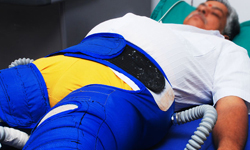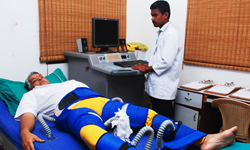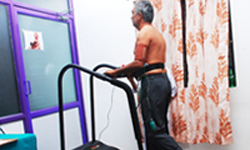What is EECP ?
EECP is a mechanical procedure in which long inflatable cuffs (like blood pressure cuffs) are wrapped around both of the patient’s legs. While the patient lies on a bed, the leg cuffs are inflated and deflated with each heartbeat. This is accomplished by means of a computer, which triggers off the patient’s ECG so that the cuffs deflate just as each heartbeat begins, and inflate just as each heartbeat ends.

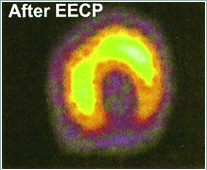
Who can benefit from EECP ?
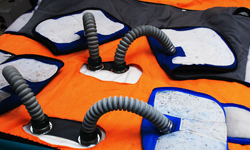
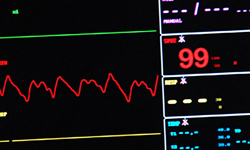
EECP the acronym for Enhanced External Counter Pulsation is a noninvasive procedure to help patients with chest pains secondary to coronary heart disease (angina pectoris). EECP has been approved worldwide for the treatment of angina pectoris. Angina is the global terms for all symptoms associated with coronary artery disease, which occurs when the heart is not receiving enough blood. It occurs when vessels that carry blood to the heart muscle become dysfunctional, and are often narrowed or blocked. Angina may feel like chest pain or pressure shortness of breath, pain in the jaw, neck, arms, back, nausea, or generalized fatigue. Each patient experiences angina differently. EECP is a non-surgical, non-pharmaceutical, treatment for heart disease that is used to relieve or eliminate angina.
The treatment consists of 35 one-hour treatments over the course of seven weeks with the patient on a Monday through Friday regimen. During EECP therapy, the patient lies on a bed and pressure cuffs are attached to the calves, lower thighs and upper thighs. The patient's heart rate and rhythm are constantly measured during the process. The cuffs inflate and deflate, gradually building to full pressure while the machine works with the heart's rhythms. Evidence to date indicates that EECP treatment promote the growth of new blood vessels in the heart and improve blood flow to areas that are not getting enough blood and oxygen. This improved blood flow decreases chest pain symptoms.
The increased pressure imparted by the device forces blood to the patient's heart, increases the heart's output and promote the development of new pathways or collateral blood vessels effectively "bypassing" areas of stenosis and permitting blood to get to all areas of the heart, thereby decreasing exertional angina.
Hence it is often referred to as the NATURAL BYPASS. Unlike bypass surgery, balloon angioplasty, and stenting procedures, EECP is non-invasive, carries no risk, is comfortable, and is administered in outpatient sessions. Patients often watch television during the treatment. Others bring compact disks or cassette players to listen to music. The entire process from the patient's arrival to departure takes between one and one-half to two hours.
